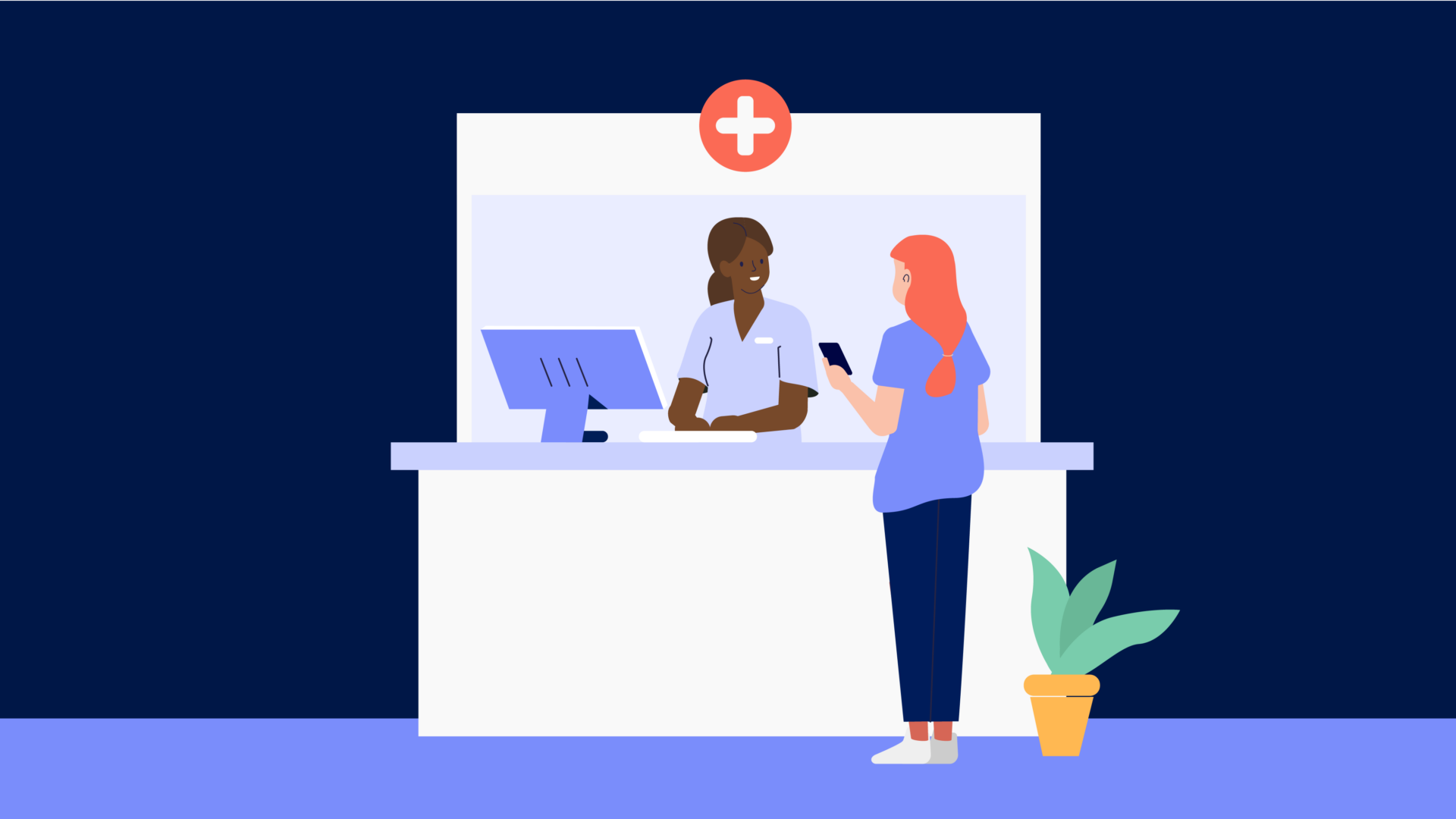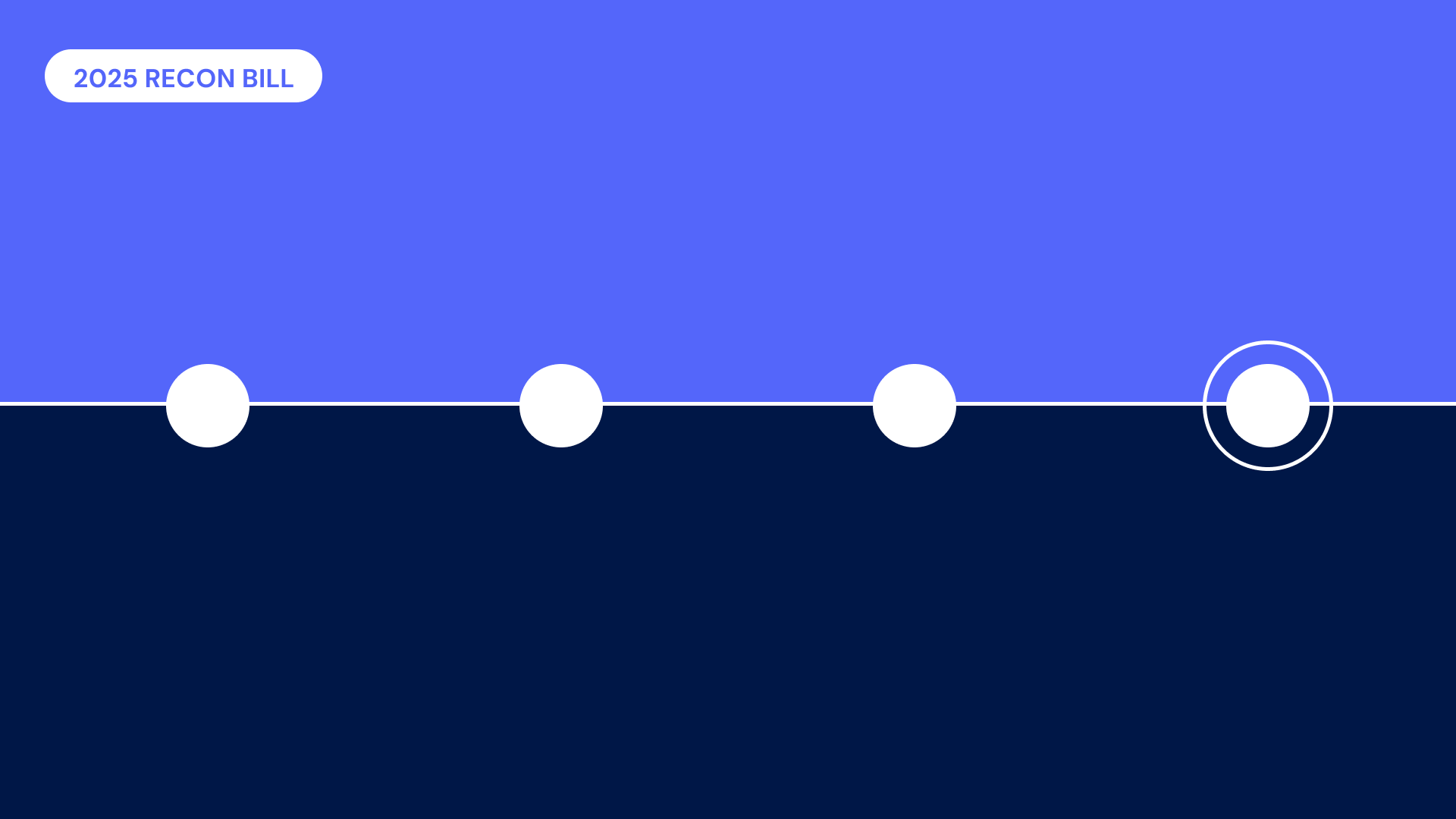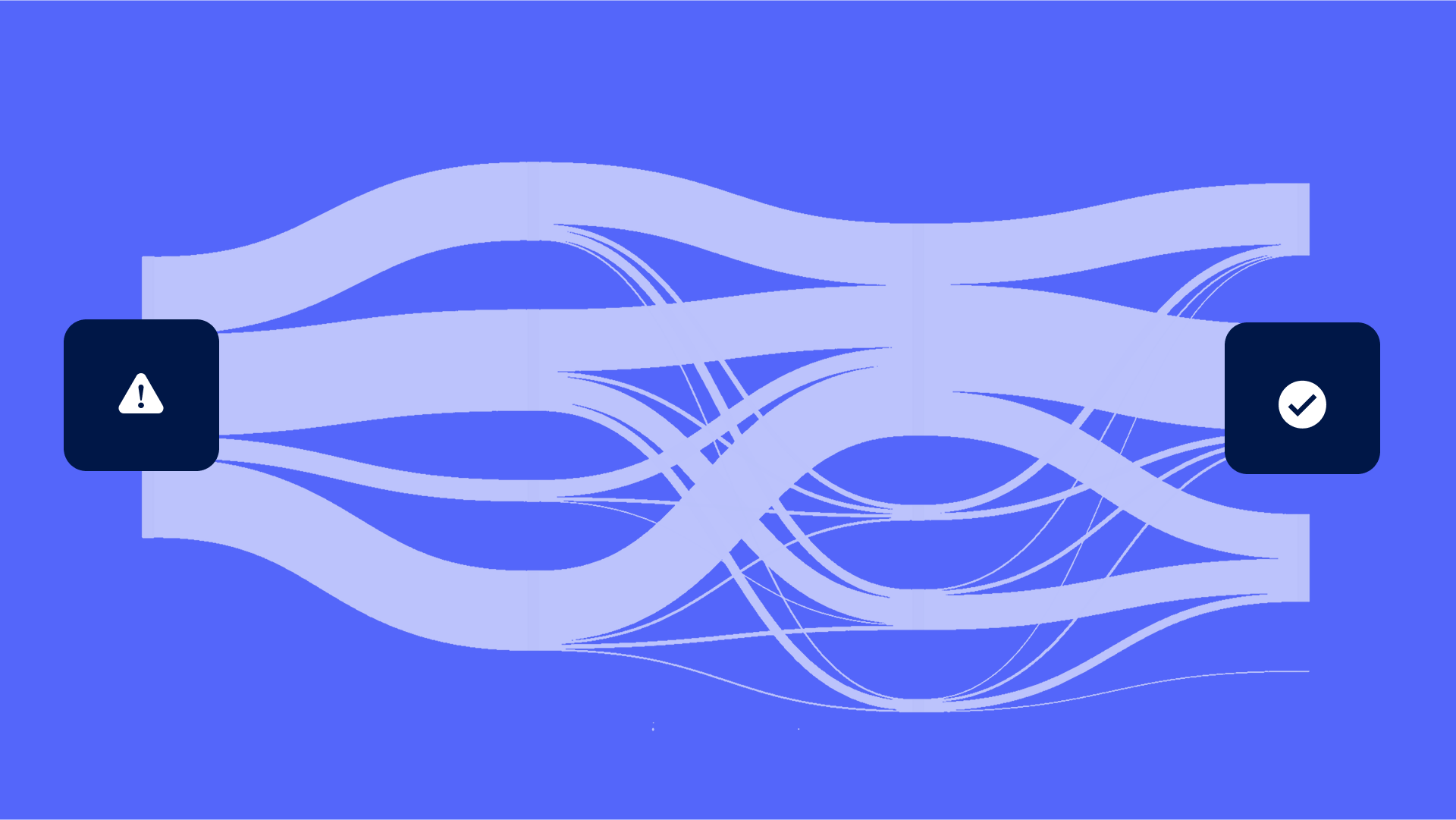Surprise billing is a nightmare for consumers—nearly half of U.S. adults say worrying about an unexpected medical bill keeps them from seeking care.
Enter the No Surprises Act. Signed into law as part of the Consolidated Appropriations Act of 2021, this legislation was designed to help shield consumers from the administrative and contracting complexity that leads to unexpected medical bills and emotional distress.

Implementing this new rule requires a level of coordination between payers and providers that hasn’t existed in the past. According to our 2021 Healthcare Consumer Experience Study, nearly one-third (31%) of consumers are not satisfied with the coordination between providers and payers. However, organizations that comply quickly could gain a competitive advantage in the form of loyalty, satisfaction and revenue.
Here’s everything you need to know.
1. What is the No Surprises Act?
The No Surprises Act is a law passed by Congress that prohibits surprise out-of-network medical charges for services at in-network facilities, including emergency services. Balance billing and out-of-network cost sharing is also largely banned. The law went into effect on January 1, 2022.
As a result, providers and payers will be required to work together to determine how much doctors and hospitals should be paid—rather than shifting all of the financial burden onto the consumer. According to federal estimates, the law should help reduce about 10 million surprise bills a year.
2. Who does the No Surprises Act apply to?
The No Surprises Act applies to healthcare providers and payers. Specifically, providers subject to the law include hospitals, ambulatory surgical centers, rural health centers, federally qualified health centers and air ambulance providers. The law does not apply to private dental practices.
Payers subject to the law include group and individual health plans, as well as grandfathered plans. The law does not apply to short-term or standalone dental or vision plans.
3. What does the No Surprises Act mean for providers?
Providers will no longer be allowed to charge insured patients more for out-of-network services than what they’d pay in-network under their existing plans. The one exception to this rule is ground medical transport.
For uninsured patients, providers must provide “good-faith estimates” when calculating medical bills. A good-faith estimate should include the expected cost for the primary service (i.e., surgery), in addition to expected costs for additional services provided during the point-of-care experience (i.e, anesthesia during the operation).
4. What does the No Surprises Act mean for payers?
Payers must cover surprise billing at in-network rates, which means the impact of a provider going out-of-network will not be as much of an issue for members as it was in the past. Payers must also provide transitional continuity of coverage and maintain accurate provider network directories, alerting members when a provider goes out-of-network while providing care.
Ultimately, the law should cause insurance premiums to decrease by approximately 0.5% to 1%, per estimates from the Congressional Budget Office.
5. How will the No Surprises Act be enforced?
Providers and payers that violate the No Surprises Act are subject to civil monetary penalties of up to $10,000. The law can be enforced by federal or state agencies. For example, states are primarily responsible for enforcing the No Surprises Act with providers, with federal agencies available as backup.
With payers, the federal government is responsible for enforcing the No Surprises Act with most private health plans. Depending on the type of plan, different federal agencies may be involved, such as the Department of Labor, Department of Treasury, Department of Health and Human Services or the Office of Personnel Management. However, states will lead enforcement for their state-regulated plans.
6. What is the independent dispute resolution process for?
When providers and payers can’t agree on a cost for an out-of-network service, the dispute will be resolved through a federal independent dispute resolution (IDR) process. Consumers are not involved in this process.
The IDR process is overseen by a third-party arbitrator, but payers get to set the benchmarks for initial prices.
7. How can disputes between patients and providers be resolved?
Uninsured or self-pay patients can use a similar dispute resolution process if they receive a bill greater than the good-faith estimate they were initially provided. In addition to the good-faith estimates, eligibility for this process depends on whether the bill was submitted within the last 120 calendar days and charges at least $400.
Patients can request a third-party arbitrator to oversee the resolution process.
8. What’s the latest news on the No Surprises Act?
Although the No Surprises Act is officially in effect, professional organizations and individual hospitals and providers have filed lawsuits to block part of the law around the IDR process. The suits do not intend to stop the law’s consumer protections, but argue that the Biden administration’s interpretation of the law may unfairly favor payers in dispute negotiations; most recently, a federal judge ruled in favor of the Texas Medical Association’s argument that the final rule unlawfully tilting the arbitration process in favor of insurers.



